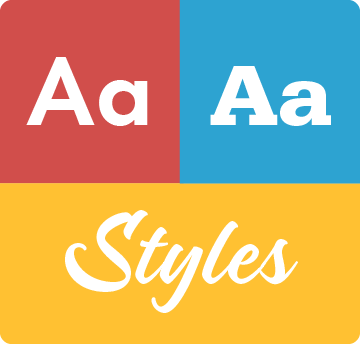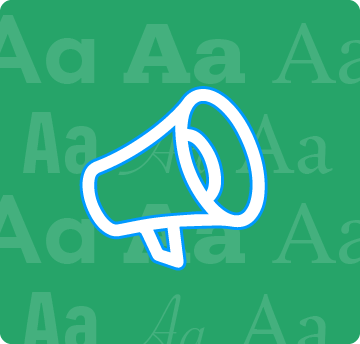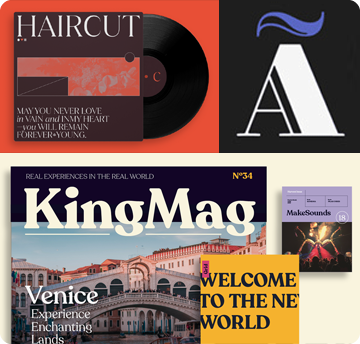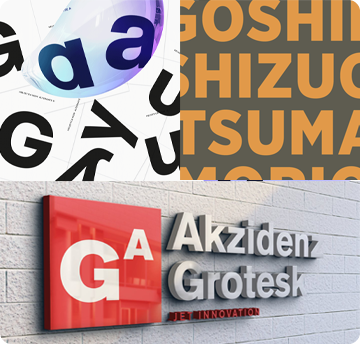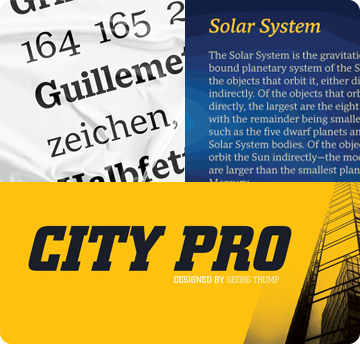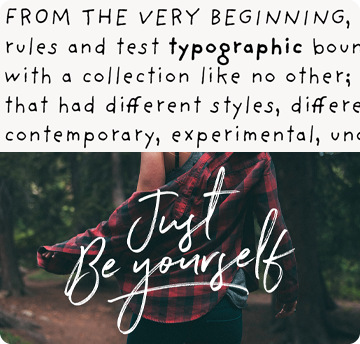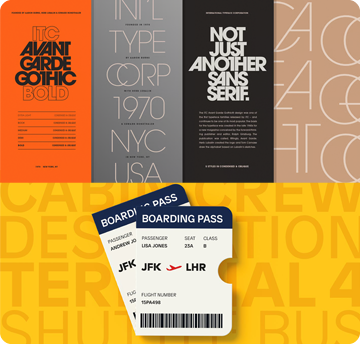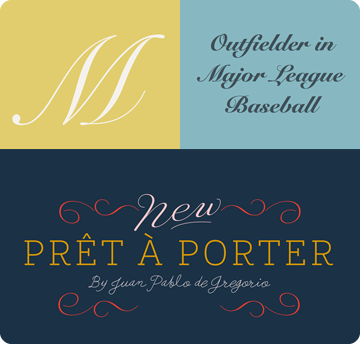Wählen Sie diesen Lizenztyp, wenn Sie eine App für iOS, Android oder Windows Phone entwickeln und Sie den Font in den Code Ihrer mobilen Anwendung einbetten.
New Lincoln Gothic BT
von Bitstream- Aa Glyphen
-
Bestes AngebotFamilienpakete
- Einzelschnitte
- Technische Daten
- Lizenzierung
pro Font:
$42.62 USD
Paket mit 8 Fonts:
$340.99 USD
Über die Schriftfamilie New Lincoln Gothic BT
Designer: Thomas Lincoln
Herausgeber: Bitstream
Foundry: Bitstream
Eigentümer des Designs: Bitstream
MyFonts Debüt: Jan 25, 2006
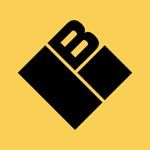
Über Bitstream
Bitstream is known among type enthusiasts and professionals alike as being one of the companies that lead the way towards the democratization of type. For centuries, the type world had been the exclusive domain of skilled typographers who worked large, cumbersome presses. With the birth of digital type though, came a revolution in the industry that enabled Bitstream, one of the first digital type foundries, to help grow the desktop publishing industry. The company’s founders shared a vision in which desktop publishing and digital type would open up doors and allow for the access of previously exclusive typefaces to a broader public audience. Eventually, this idea of opening up the type market led to the development of fonts like Amerigo and New Lincoln Gothic; designs that played huge roles in the launching, and eventual success, of desktop publishing. With best-selling typefaces like Futura in its line up, this library made an enormous impact on the type industry and helped to form it into what it is today.
Mehr lesen
Weniger lesen
- Wenn du dich für eine Auswahl entscheidest, wird die Seite komplett aktualisiert.



